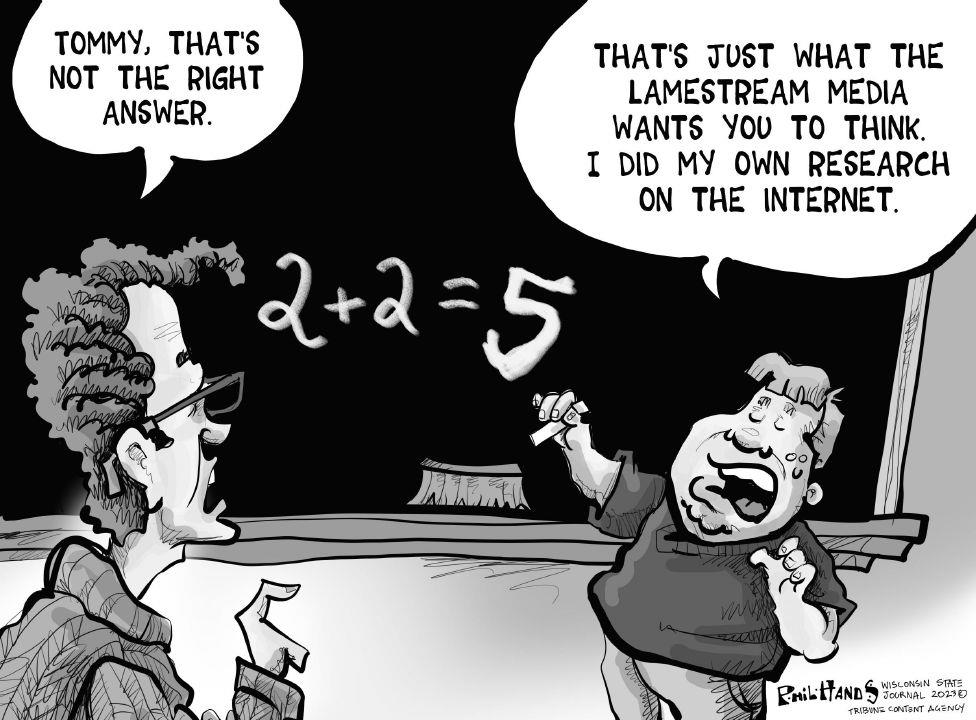12. Numeracy

Numeracy (FRANKWBAKER) and statistics play a crucial role in how we interpret information in the media. In an age where data is constantly being shared through news outlets, social media, and advertisements, being numerate allows individuals to understand, critically assess, and respond to the information presented. Without basic statistical knowledge, people can easily be misled by figures that are presented out of context or manipulated to fit a specific narrative.
In the media, statistics (STATISTA.COM) are often used to convey trends, highlight issues, or support arguments. However, these numbers can be presented in misleading ways, whether through selective reporting or statistical errors. For instance, a news article might report that a city’s crime rate has decreased by 30% over the past year, but this figure might not tell the full story without context. The data might be based on a small sample, or the drop could be in one category of crime while others have increased. Without numeracy skills, individuals may accept such statistics at face value, missing crucial nuances that could affect their interpretation.
Numeracy, or the ability to work with numbers, is essential when understanding statistical reports in the media. It enables individuals to ask the right questions: What is the sample size? What is the margin of error? How was the data collected? For example, when reading a poll about public opinion, a numerate person would recognize the importance of understanding the sample size and the methods used, as these factors can significantly impact the results.
The media often uses statistics to create compelling narratives (JDSR.SE), such as percentages showing improvements in public health or economic growth. While these statistics can offer valuable insights, they can also be presented in a way that creates a sense of urgency or positivity, even if the numbers don't tell the full story. For example, a headline might read, “90% of people support this policy,” but without knowing how the question was framed or who was surveyed, it's difficult to gauge the validity of such a claim.
Statistics and numeracy (YOUTUBE) are vital for navigating the media landscape. They empower individuals to critically evaluate the information presented to them, making it easier to distinguish between accurate reporting and misleading statistics. In a world where numbers are frequently used to shape opinions and drive narratives, numeracy skills are more important than ever for making informed decisions and engaging with the media in a meaningful way.
This was written with the help of A.I.

Comments
Post a Comment